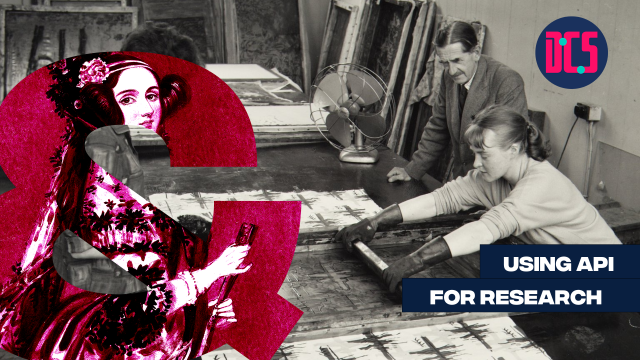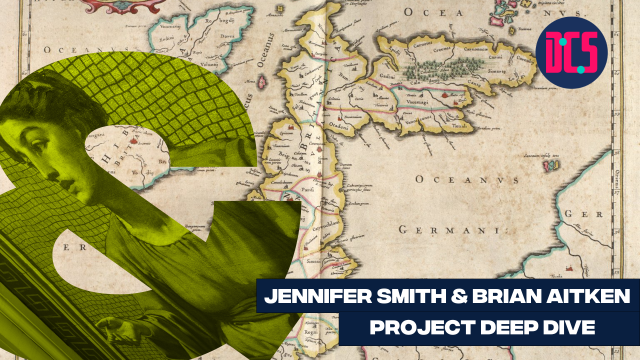Using API for Research

In person
Application programming interface (API)s are communication tools between software platforms, in digital humanities research, one of their most pertinent uses is accessing and retrieving data from digital collections with open access (archives, libraries, museums) and linking these entities to ongoing research.
In this course we will cover what APIs are, what they do, how to use them to access and connect data sources. We will also discuss practical considerations such as rate limits, authentication, and the availability of APIs for researchers. Particular attention will be given to understanding API documentation and data structures (e.g. JSON), equipping participants with the skills to interpret documentation and design simple queries. The course will include examples from real-world research applications and provide the key terminology needed to engage with APIs effectively.
If you’re new to this training event format, or to CDCS training events in general, read more on what to expect from CDCS training. Here you will also find details of our cancellation and no-show policy, which applies to this event.
Level
This is a beginner-friendly course. No previous knowledge on the topic is required/expected, and the trainer will cover the basics of the method.
Learning Outcomes
- Understanding what an API is and why it is used
Understanding how APIs are used in research for accessing data or linking data with functionality
Understanding different types of API more widely and specific for research uses
Learning to work with API documentation
Understanding output files like JSON
Skills
By attending this course, you will familiarise yourself with the following skills:
Understanding how authorisation and authentication using API keys works
Sending simple requests to retrieve information from digital collections
Navigate and make use of API documentation
Explore digital resources using APIs
This course will be taught by Somya Iqbal, Alex Crest, & Aybuke Atalay
After taking part in this event, you may decide that you need some further help in applying what you have learnt to your research. If so, you can book a Data Surgery meeting with one of our training fellows.
More information about our Data Surgeries.
Those who have registered to take part will receive an email with full details on how to get ready for this course.
Return to the Training Homepage to see other available events
Room 4.35, Edinburgh Futures Institute
This room is on Level 4, in the North East side of the building.
When you enter via the level 2 East entrance on Middle Meadow Walk, the room will be on the 4th floor straight ahead.
When you enter via the level 2 North entrance on Lauriston Place underneath the clock tower, the room will be on the 4th floor to your left.
When you enter via the level 0 South entrance on Porters Walk (opposite Tribe Yoga), the room will be on the 4th floor to your right.









